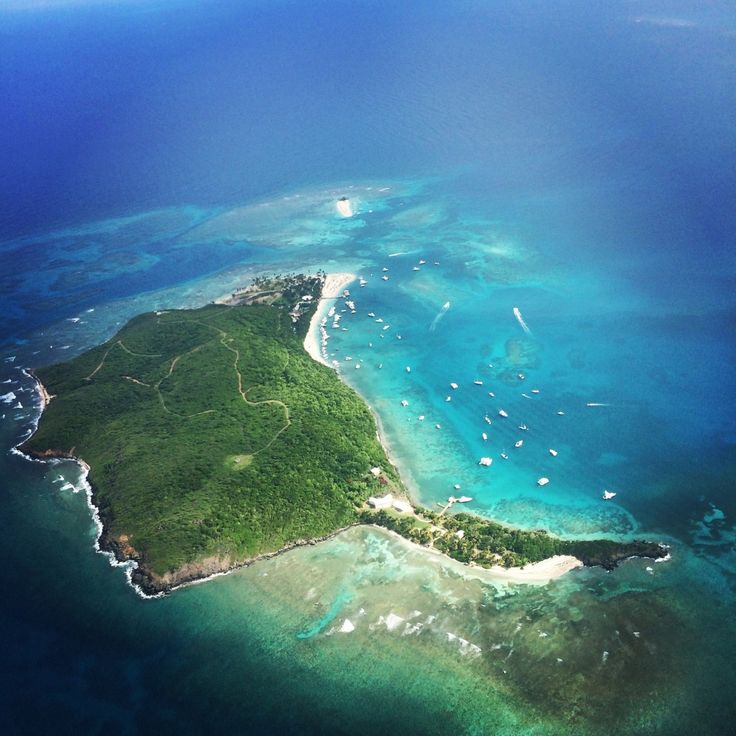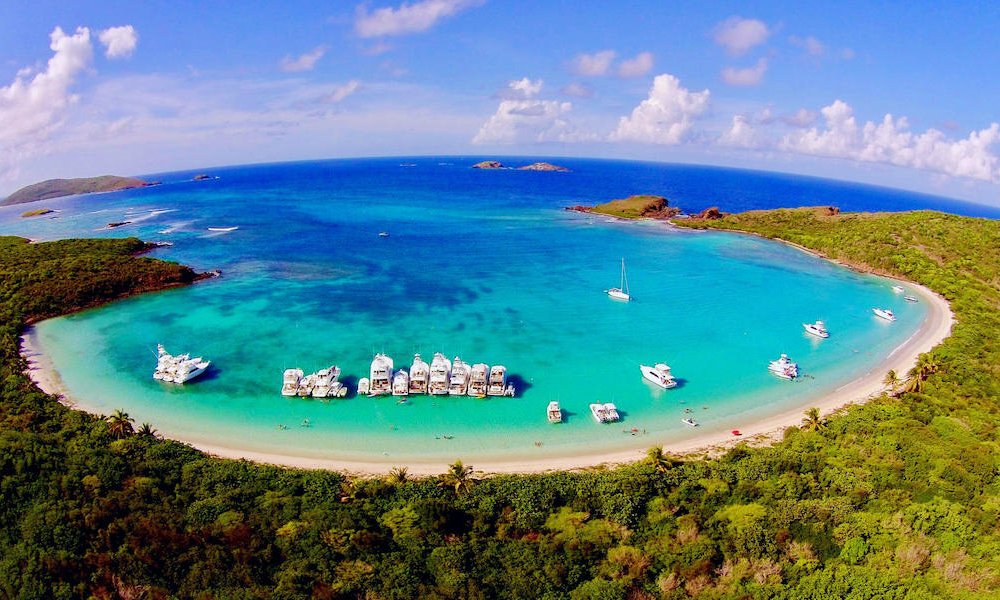Territory of puerto rico: Is Puerto Rico Part of the U.S?
Definitions of Insular Area Political Organizations
| ORGANIZATIONAL TERM | DEFINITION |
| insular area | A jurisdiction that is neither a part of one of the several States nor a Federal district. This is the current generic term to refer to any commonwealth, freely associated state, possession or territory or Territory and from July 18, 1947, until October 1, 1994, the Trust Territory of the Pacific Islands. Unmodified, it may refer not only to a jurisdiction which is under United States sovereignty but also to one which is not, i.e., a freely associated state or, 1947-94, the Trust Territory of the Pacific Islands or one of the districts of the Trust Territory of the Pacific Islands. |
| sovereign | An independent or non-independent jurisdiction which itself possesses or whose people possess in their own right the jurisdiction’s supreme authority, regardless of the jurisdiction’s or people’s current ability to exercise that authority. |
| possession | Equivalent to territory. Although it still appears in Federal statutes and regulations, possession is no longer current colloquial usage. |
| commonwealth | An organized United States insular area, which has established with the Federal Government, a more highly developed relationship, usually embodied in a written mutual agreement. Currently, two United States insular areas are commonwealths, the Northern Mariana Islands and Puerto Rico. A United States insular area from April 11, 1899, the Philippine Islands achieved commonwealth status on March 24, 1934 (Public Law 73-127), and remained as such until the United States recognized the Philippine Islands’ independence and sovereignty as of July 4, 1946. |
| incorporated territory | Equivalent to Territory, a United States insular area, of which only one territory exists currently, Palmyra Atoll, in which the United States Congress has applied the full corpus of the United States Constitution as it applies in the several States. Incorporation is interpreted as a perpetual state. Once incorporated, the Territory can no longer be de-incorporated. Incorporation is interpreted as a perpetual state. Once incorporated, the Territory can no longer be de-incorporated. |
| Territory | An incorporated United States insular area, of which only one exists currently, Palmyra Atoll. With an area of 1.56 square miles, Palmyra consists of about fifty small islands and lies approximately one thousand miles south of Honolulu. |
| unincorporated territory | A United States insular area in which the United States Congress has determined that only selected parts of the United States Constitution apply. |
| territory | An unincorporated United States insular area, of which there are currently thirteen, three in the Caribbean (Navassa Island, Puerto Rico and the United States Virgin Islands) and ten in the Pacific (American Samoa, Baker Island, Guam, Howland Island, Jarvis Island, Johnston Atoll, Kingman Reef, Midway Atoll, the Northern Mariana Islands and Wake Atoll). |
| organic act | The body of laws that the United Congress has enacted for the government of a United States insular area; it usually includes a bill of rights and the establishment and conditions of the insular area’s tripartite government. |
| organized territory | A United States insular area for which the United States Congress has enacted an organic act. |
| unorganized territory | An unincorporated United States insular area for which the United States Congress has not enacted an organic act. |
| Compact of Free Association | The status of free association recognizes an island government as a sovereign, self-governing state with the capacity to conduct foreign affairs consistent with the terms of the Compact. The Compact places full responsibility for military defense with the United States. The basic relationship of free association continues indefinitely; the economic provisions of the Compact are subject to renegotiation at the end of 15 years. The basic relationship of free association continues indefinitely; the economic provisions of the Compact are subject to renegotiation at the end of 15 years. |
| Disputed Island | Formerly or currently considered U.S. possession by the U.S. The U.S., through negotiation, has disclaimed ownership of most islands in favor of another country. Two islands remain contested. |
House passes bill that would allow Puerto Rico, currently a US territory, to change its status | Pennsylvania News
WASHINGTON – A historic vote in Congress Thursday could lead to Puerto Rico changing its status as a U.S. territory.
By a margin of 34 votes, the House of Representatives passed the Puerto Rico Status Act. Puerto Rico has been a U.S. territory for 124 years, but that could change if the act is passed by the Senate.
The bill authorizes an election in November 2023 in which citizens of Puerto Rico would vote on whether to become the 51st state, choose independence, or Sovereignty in Free Association with the United States.
The third option is a status held by Micronesia, Palau and the Marshall Islands.
The act also tasks the U.S. Justice Department with overseeing a voter education program leading up to the vote and the funds to pay for it.
Before the bill’s passage, debate on the House floor was intense.
“Completely ignored is the right of all the American people to discuss and decide so momentous and irreversible a question is this: statehood would mean that the next reapportionment, other states will lose a total of four seats in the House of Representatives in order to accommodate the Puerto Rican delegation,” said U.S. Rep Tom McClintock of California.
Fellow Republican U.S. Rep Lloyd Smucker of Pennsylvania’s 11th District spoke in support of the bill.
“America is a beacon of hope to the world, and is a light to the world. And I think that makes the case for why we should allow the Puerto Rican people to make their choice about their own future,” said Smucker.
Puerto Ricans across the country like Lehigh Valley resident Michelle Laureano were watching the debate closely.
“I was born and raised in Puerto Rico. I came here when I was 29,” said Laureano, who still has family there.
Laureano says her family is in favor of statehood.
“It’s a huge opportunity for the United States, because we’ve been a colony for so long. And I’m thinking as a Puerto Rican, why are we still in that status, because everything that we give to the United States,” said Laureano.
Congresswoman Susan Wild called the vote “a historic step forward in advancing the rights of the people of Puerto Rico and ensuring that they can freely and fully shape their own future.”
Wild says it’s “long past time to end the political limbo in which Puerto Rico has hung.”
One of the main criticisms of the bill is that it does not give Puerto Ricans the option of staying a territory and the vote on this didn’t have the benefit of hearings.
It’s unclear if the Senate will take up the matter before the end of the current session or if it will get enough votes for passage.
While the Senate could approve the bill with a 51-vote simple majority, 60 votes would be needed to avoid a filibuster.
What others are reading…
OSHA cites Lehigh Valley tree service company after fatal woodchipper accident
State Police: Woman removed from vehicle during stop was held against her will
Eagles lose Super Bowl 57: Here’s what players said after the game
Long-vacant gas station off Route 22 in Bethlehem Township may become convenience store
Trump wanted to trade Puerto Rico for Greenland because “Puerto Rico is dirty and the people there are poor”
US President Donald Trump said on the sidelines that he wants to exchange Puerto Rico, which is under US jurisdiction, for Greenland, which is part of Denmark. Things didn’t go beyond talk, but last year Trump was already preparing to buy Greenland.
Things didn’t go beyond talk, but last year Trump was already preparing to buy Greenland.
Miles Taylor, a former employee of the US Department of Homeland Security, told NBC News.
In 2018, Trump asked members of the government if the US could somehow trade Puerto Rico for Greenland. The president expressed this desire after the island was devastated by hurricanes in 2017 that killed thousands and left tens of thousands homeless.
“I didn’t take it as a joke. The president expressed enmity towards Puerto Ricans on the sidelines. These people were trying to rebuild their lives after the worst natural disaster we’ve ever seen, and he’s their president. He should have stood up for them and not tried to sell to another country,” Taylor said.
According to him, Trump called “Puerto Rico is dirty, and the people there are poor.”
At the same time, Trump’s spokesman for the recovery of Puerto Rico, Peter Brown, said the president had never said anything like that about the region.
Puerto Rico and the United States
Today, the territory of Puerto Rico is self-governing under the jurisdiction of the United States and has the status of a “freely annexed territory to the United States.”
Islanders are US citizens and pay some taxes, but do not vote in federal elections. In addition, Puerto Rico receives less funding than US states. The last time new states appeared in the US was at 1959 – Alaska and Hawaii.
For example, after the hurricanes in 2017, the United States promised to allocate $46 billion in aid, but then local authorities received only $17 billion to combat the consequences of the disaster, writes NBC. Also, the Department of Housing allocated Puerto Rico $ 20 billion for new homes, but so far only 8% of this amount has been sent.
Puerto Ricans held five referendums on the territory’s political status between 1967 and 2017, with the sixth referendum due in November of this year. If the idea of joining the United States is supported, the decision to include Puerto Rico must be approved by the US authorities.